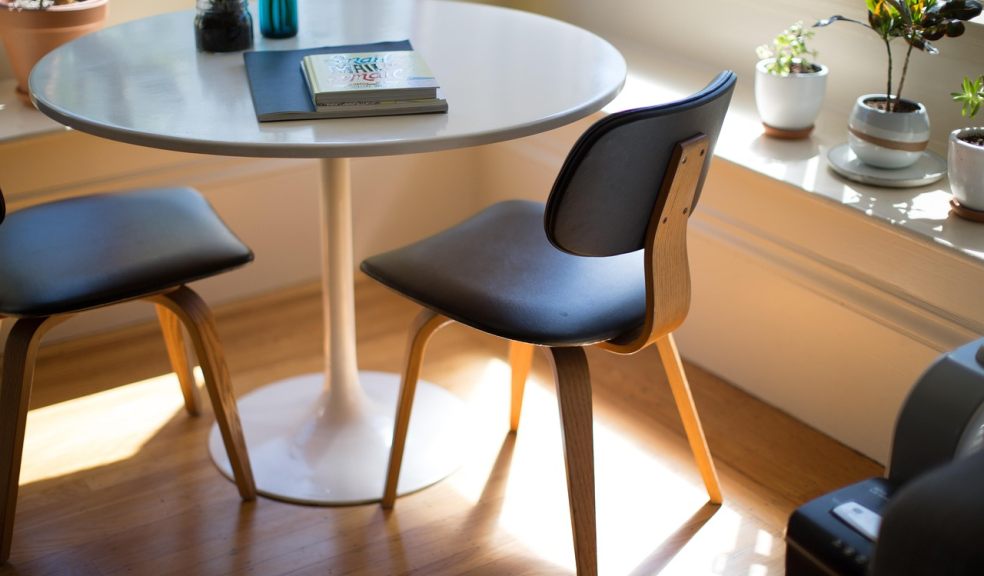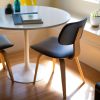
Working from home: creating a sensory space that boosts focus
With the rise of remote work, many are finding themselves in need of an efficient workspace at home. Creating a sensory room or environment tailored to boost focus and productivity can be an effective solution. Applying concepts of sensory design can transform any home office into a dynamic place where tasks are tackled with ease.
Understanding the concept of a sensory room
A sensory room is designed to enhance one's well-being through sensory stimulation. By engaging multiple senses, these spaces can encourage emotional regulation and help maintain a calming environment. When applied to a home office, such sensory-friendly spaces promote better concentration.
The idea isn't new—sensory rooms have been used for therapeutic purposes for years. The trick lies in taking elements that enhance sensory experiences and integrating them into your working area. This involves using colors, textures, scents, sounds, and even tastes that align with personal preferences to minimize distractions and create a more conducive working atmosphere.
The benefits of a multisensory approach
Using a multisensory approach means harnessing various sensory elements to keep the brain engaged and focused. Each sense plays a role in how we perceive our environment and react to different stimuli. Therefore, by carefully selecting and adjusting these aspects, especially in a workspace, stress reduction becomes achievable, contributing to overall well-being.
This method helps to create a balance between concentration and relaxation, leading to enhanced focus and productivity. Think of it as not just setting up your office but transforming it into an experience that caters to all your sensory needs while reducing stress levels.
Strategic use of colors
Colors hold the power to influence mood and cognitive function significantly. Selecting colors like blues and greens can induce calmness and support focus, making them excellent choices for a sensory-friendly space. Meanwhile, warmer hues like yellows can stimulate creativity and energy.
Consider incorporating these colors through wall paint, furniture, or accessories to tailor the ambiance to your liking. Not only does this add aesthetic appeal, but it also supports emotional regulation by aligning your visual surroundings with your desired mental state.
Incorporating sounds
Background noise or music can either distract or enhance focus, depending on the individual. Incorporating calming sounds like soft instrumental music or nature sounds can promote concentration and emotional stability. It's about creating a soundtrack for your day that drives productivity without overwhelming your senses.
Devices or apps that offer white noise, ocean waves, or forest ambiance can serve you well here. Experiment with different auditory inputs until you find what keeps you serene yet alert. It may take some trial and error, but finding the right balance is crucial for maintaining focus.
The role of scent in mood regulation
Scents are powerful triggers of memory and emotion. They possess the ability to modify moods almost instantaneously. Using essential oils like lavender or citrus can uplift spirits and improve alertness, providing an olfactory element to your sensory space.
Whether through diffusers, candles, or room sprays, introducing these aromas can invite tranquility and enhance focus. Scent is often overlooked in favor of other senses, but it deserves thoughtful integration due to its profound impact on emotional and cognitive states.
The importance of lighting
Natural light is perhaps one of the most influential factors when designing a sensory room for productivity. Exposure to daylight enhances mood and increases serotonin levels, which is crucial for emotional regulation and motivation.
If natural light isn’t abundantly accessible, aim to include warm LEDs that mimic sunlight. Adjustable lamps allowing light intensity control can cater to varying tasks and times of day, tailoring the lighting experience to suit your specific work schedule.
Accessorizing with visual details
Adding visually appealing details like plants or artwork can enrich the sensory design of your workspace. Surrounding yourself with nature-inspired motifs or landscapes elevates mood, linking the working environment to the outside world.
These don’t just serve a decorative purpose; they engage long-term concentration without added mental strain. Visual novelty encourages curiosity, keeping creativity stirred and focus sharp across extended periods.
Crafting a personalized sensory-friendly setup
- Evaluate personal preferences for each sense—visual, auditory, tactile, olfactory, and gustatory.
- Select specific elements that align with those preferences for every sensory aspect. For instance, integrating taste into the workspace can be as simple as having a comforting beverage within reach. The act of preparing and savoring a warm drink can serve as a mini ritual that grounds the mind and body, enhancing focus. For many, this might involve exploring convenient options like coffee pods that deliver consistent quality and flavor, enriching the workday with a familiar and satisfying sensory experience.
- Test different combinations to discover the ideal configuration for maximum focus and stress reduction.
- Regularly reassess and tweak elements according to changing workload demands or seasons.
Creating a sensory-friendly workspace isn't just about aesthetics; it's about adapting and evolving with your personal and professional needs. What works for one person might not suit another, so prioritizing personalization is paramount.
Budget constraints
Allocating funds towards designing a sensory space can be daunting, especially if opting for premium materials or gadgets. However, cost-effective solutions exist by prioritizing DIY methods or minimalistic designs focused on functionality first.
Embrace creative alternatives, such as repurposing household items or investing incrementally in sensory-specific products over time. Remember, smaller changes can catalyze considerable impacts without necessitating significant financial investment.
Ultimately, crafting a home office enriched with sensory design opens pathways to unprecedented productivity levels. By understanding and embracing varied sensory inputs, the chaotic demands of daily work-from-home life fade into a harmonious routine. With each adjusted element, achieving one's optimal focus becomes progressively attainable.

















